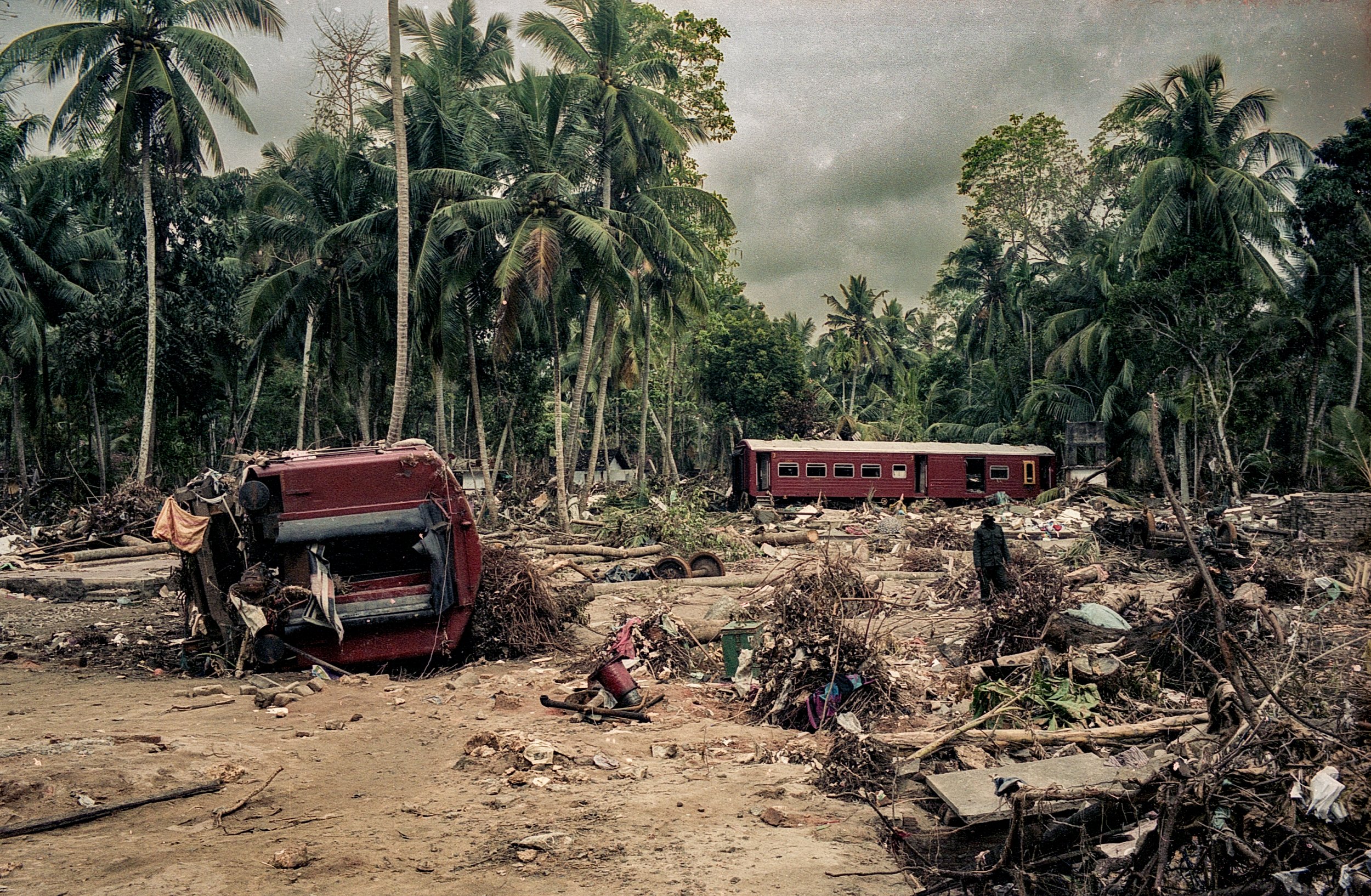
On Dec 26, 2004, a tsunami hit Sri Lanka, derailing the "Queen of the Sea" train, killing 1,700-2,500 passengers, and leaving only about 150 survivors. Telwatta, Sri Lanka, December 31, 2004 © Mark Pearson

On Dec 26, 2004, a tsunami hit Sri Lanka, derailing the "Queen of the Sea" train, killing 1,700-2,500 passengers, and leaving only about 150 survivors. Telwatta, Sri Lanka, December 31, 2004 © Mark Pearson
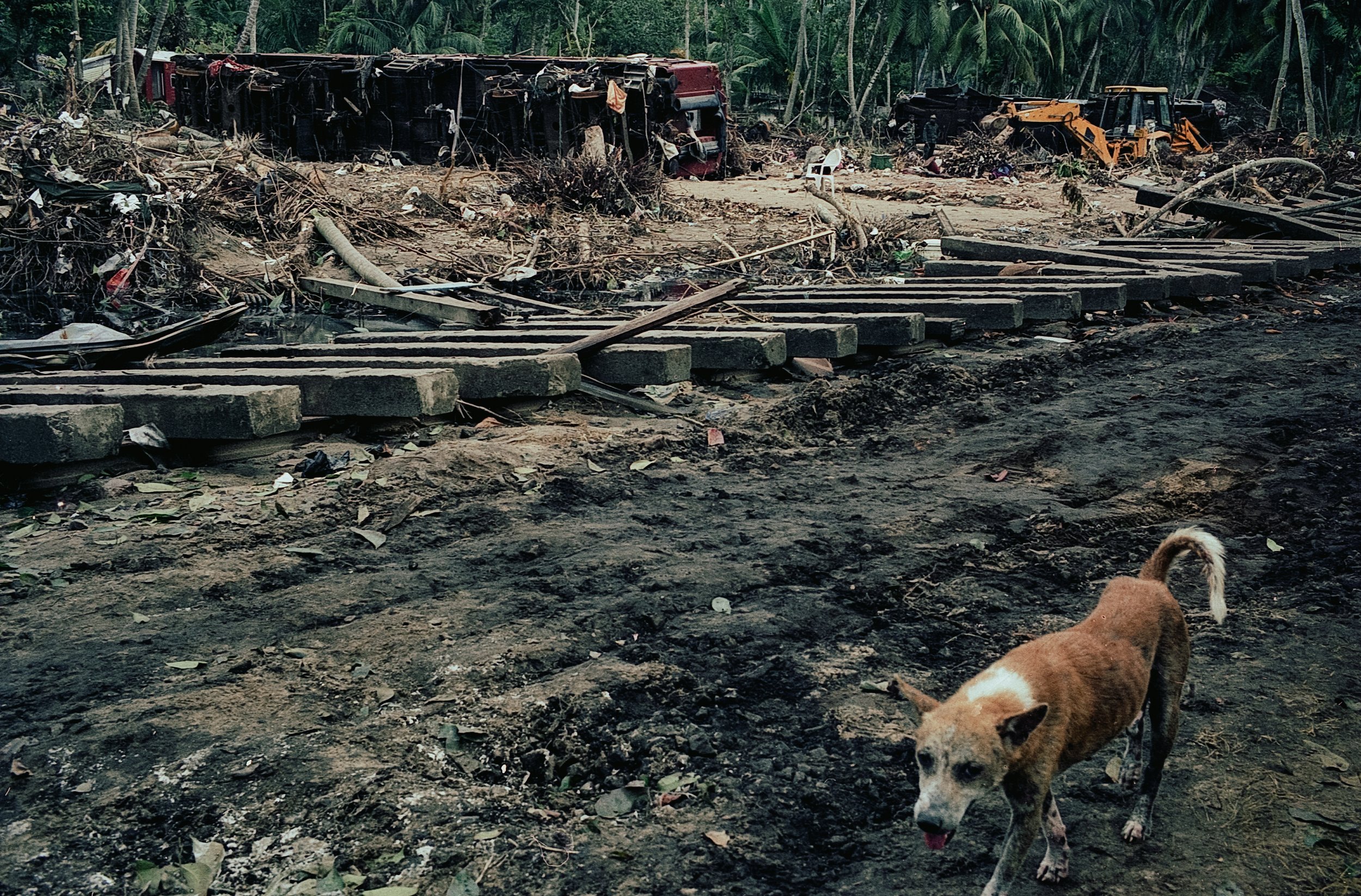
On Dec 26, 2004, a tsunami hit Sri Lanka, derailing the "Queen of the Sea" train, killing 1,700-2,500 passengers, and leaving only about 150 survivors. Telwatta, Sri Lanka, December 31, 2004 © Mark Pearson
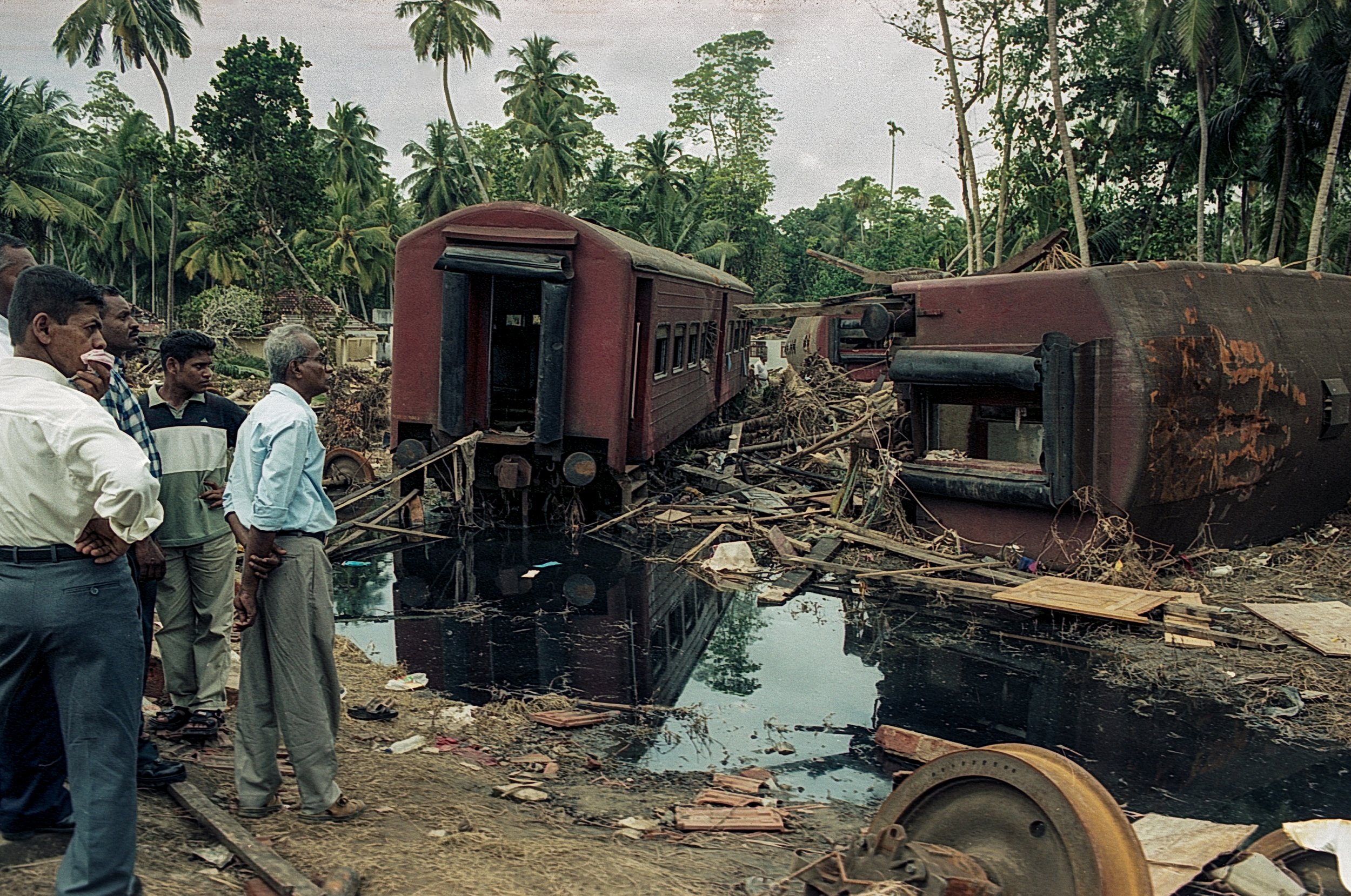
On Dec 26, 2004, a tsunami hit Sri Lanka, derailing the "Queen of the Sea" train, killing 1,700-2,500 passengers, and leaving only about 150 survivors. Telwatta, Sri Lanka, December 31, 2004 © Mark Pearson

On Dec 26, 2004, a tsunami hit Sri Lanka, derailing the "Queen of the Sea" train, killing 1,700-2,500 passengers, and leaving only about 150 survivors. Telwatta, Sri Lanka, December 31, 2004 © Mark Pearson
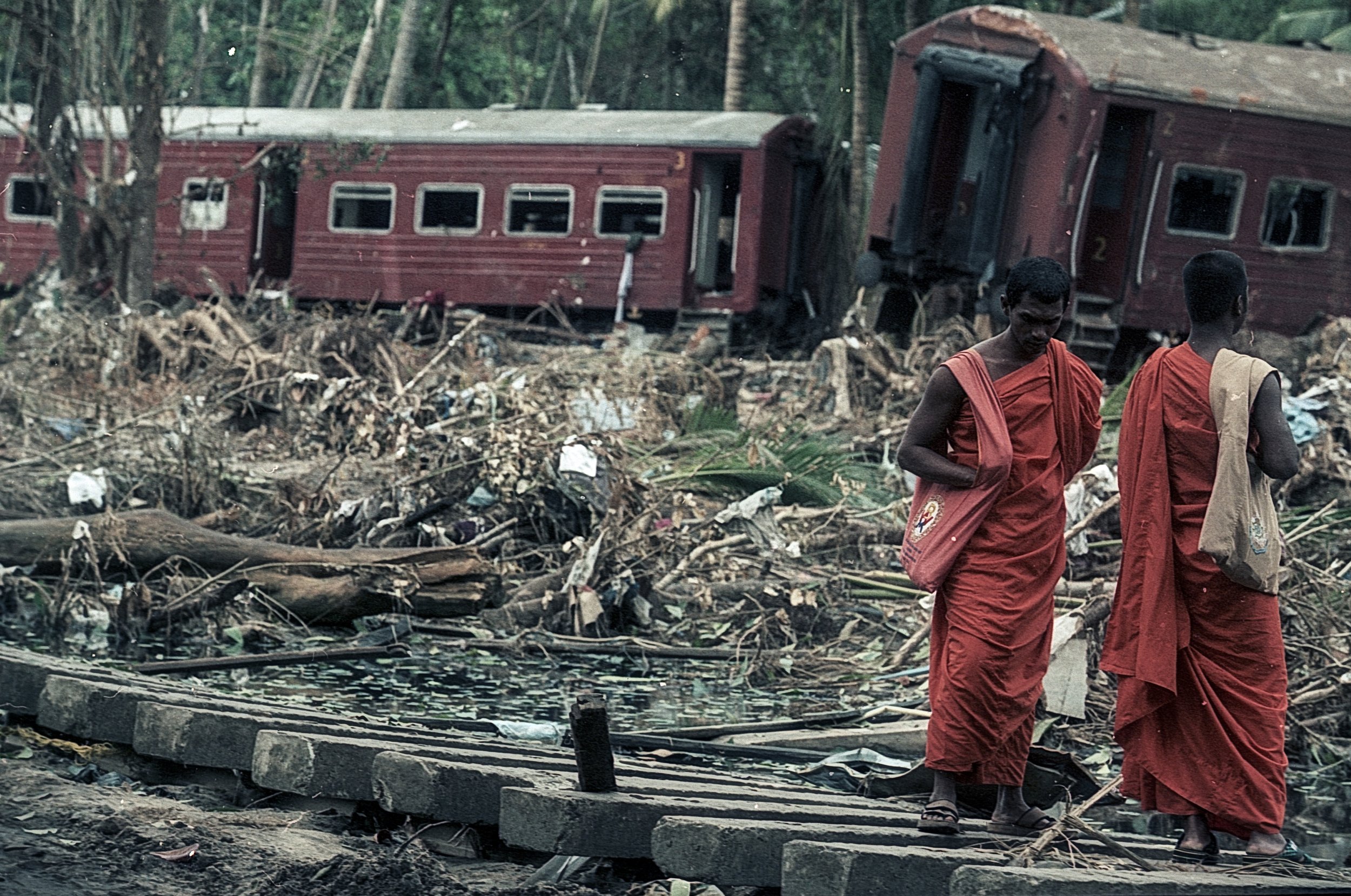
On Dec 26, 2004, a tsunami hit Sri Lanka, derailing the "Queen of the Sea" train, killing 1,700-2,500 passengers, and leaving only about 150 survivors. Telwatta, Sri Lanka, December 31, 2004 © Mark Pearson
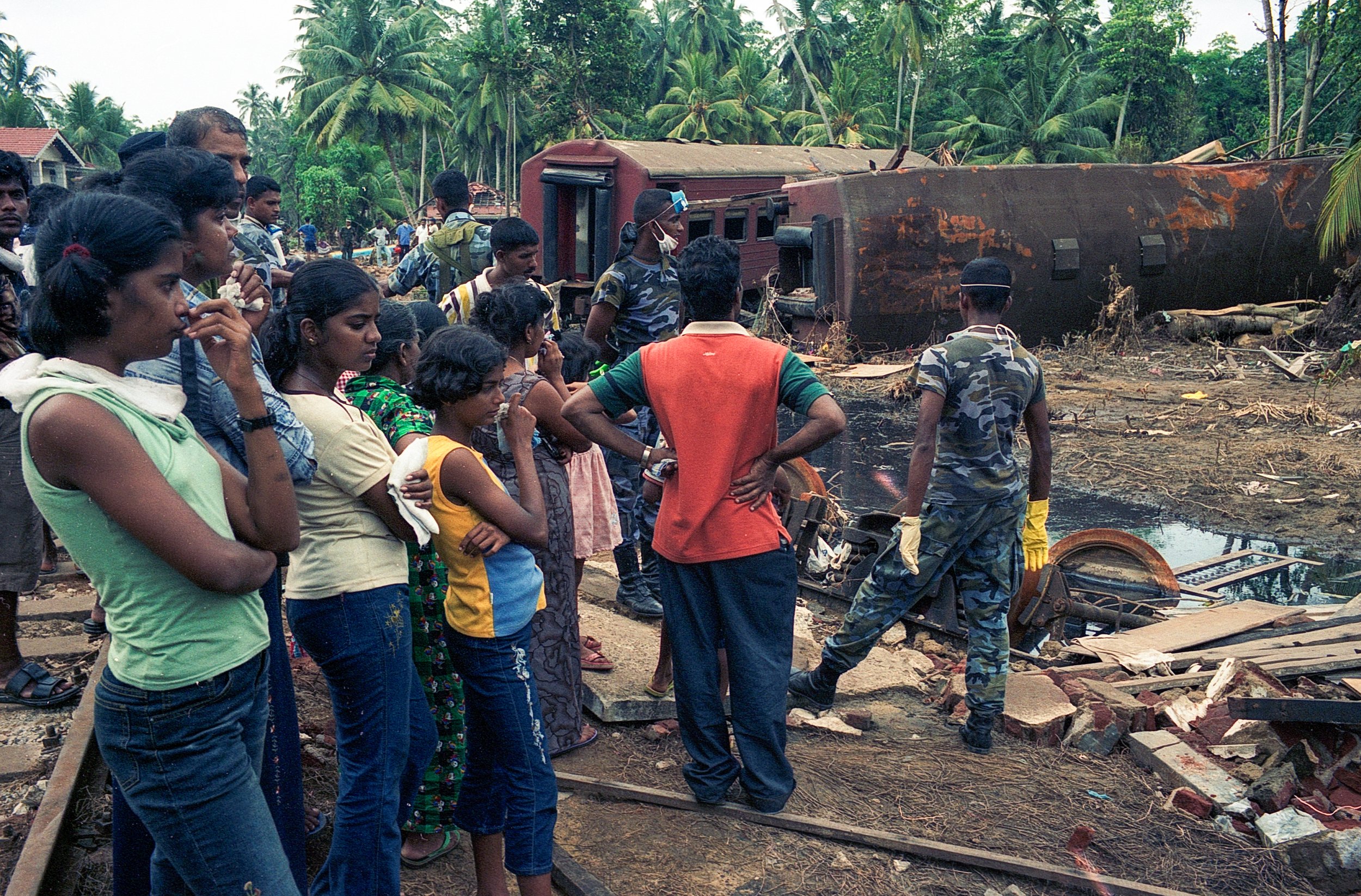
On Dec 26, 2004, a tsunami hit Sri Lanka, derailing the "Queen of the Sea" train, killing 1,700-2,500 passengers, and leaving only about 150 survivors. Telwatta, Sri Lanka, December 31, 2004 © Mark Pearson
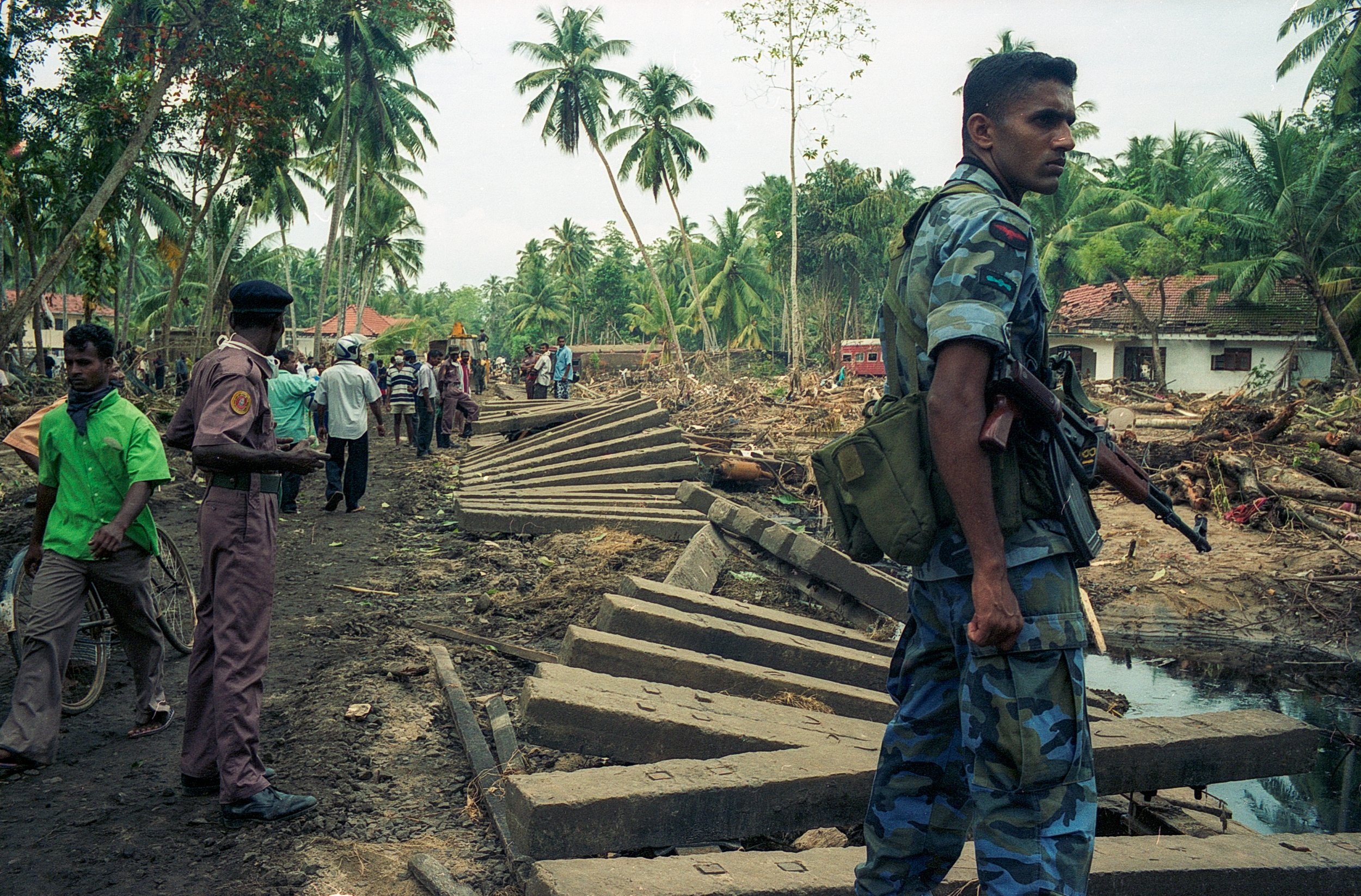
On Dec 26, 2004, a tsunami hit Sri Lanka, derailing the "Queen of the Sea" train, killing 1,700-2,500 passengers, and leaving only about 150 survivors. Telwatta, Sri Lanka, December 31, 2004 © Mark Pearson
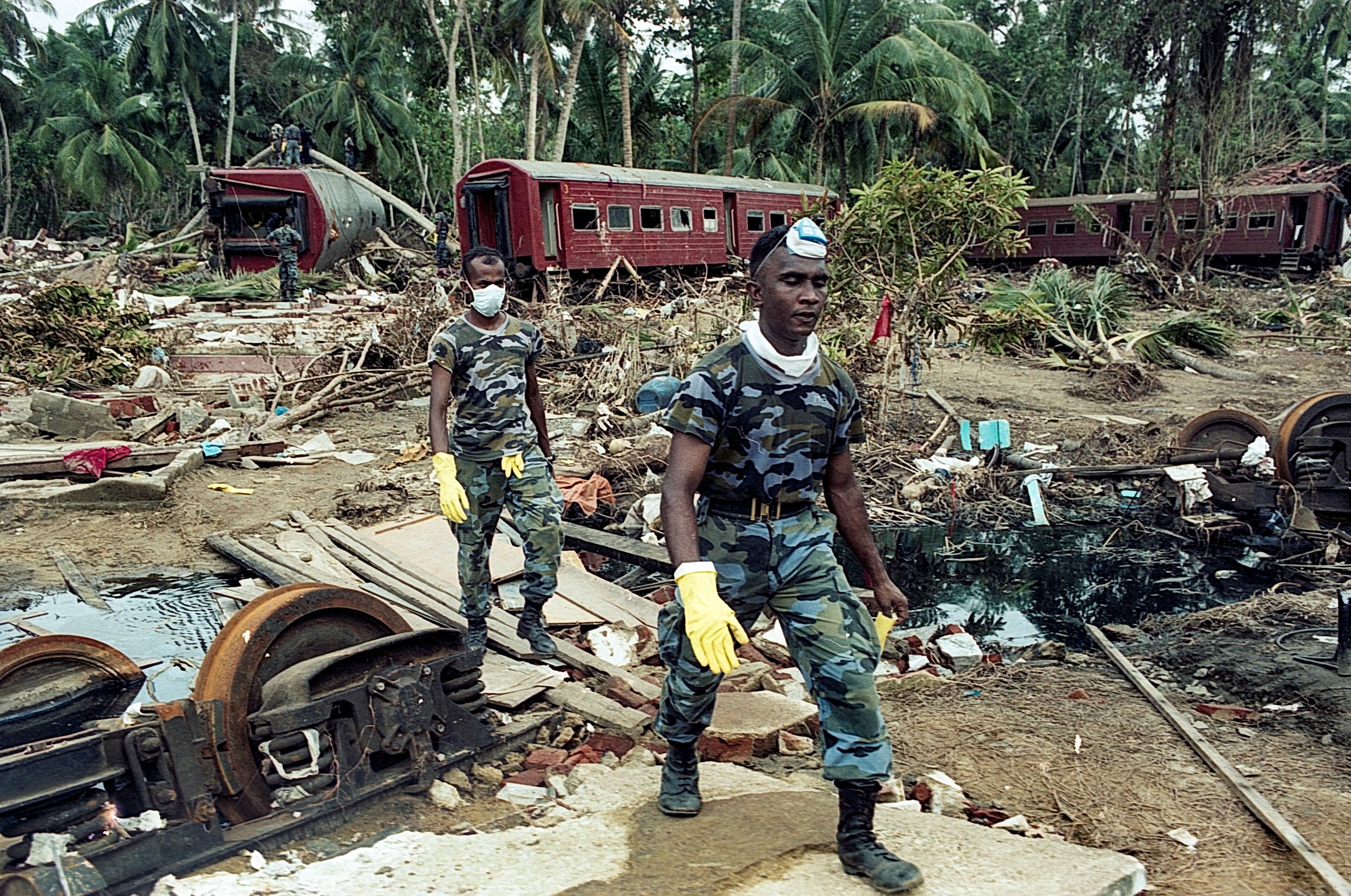
On Dec 26, 2004, a tsunami hit Sri Lanka, derailing the "Queen of the Sea" train, killing 1,700-2,500 passengers, and leaving only about 150 survivors. Telwatta, Sri Lanka, December 31, 2004 © Mark Pearson
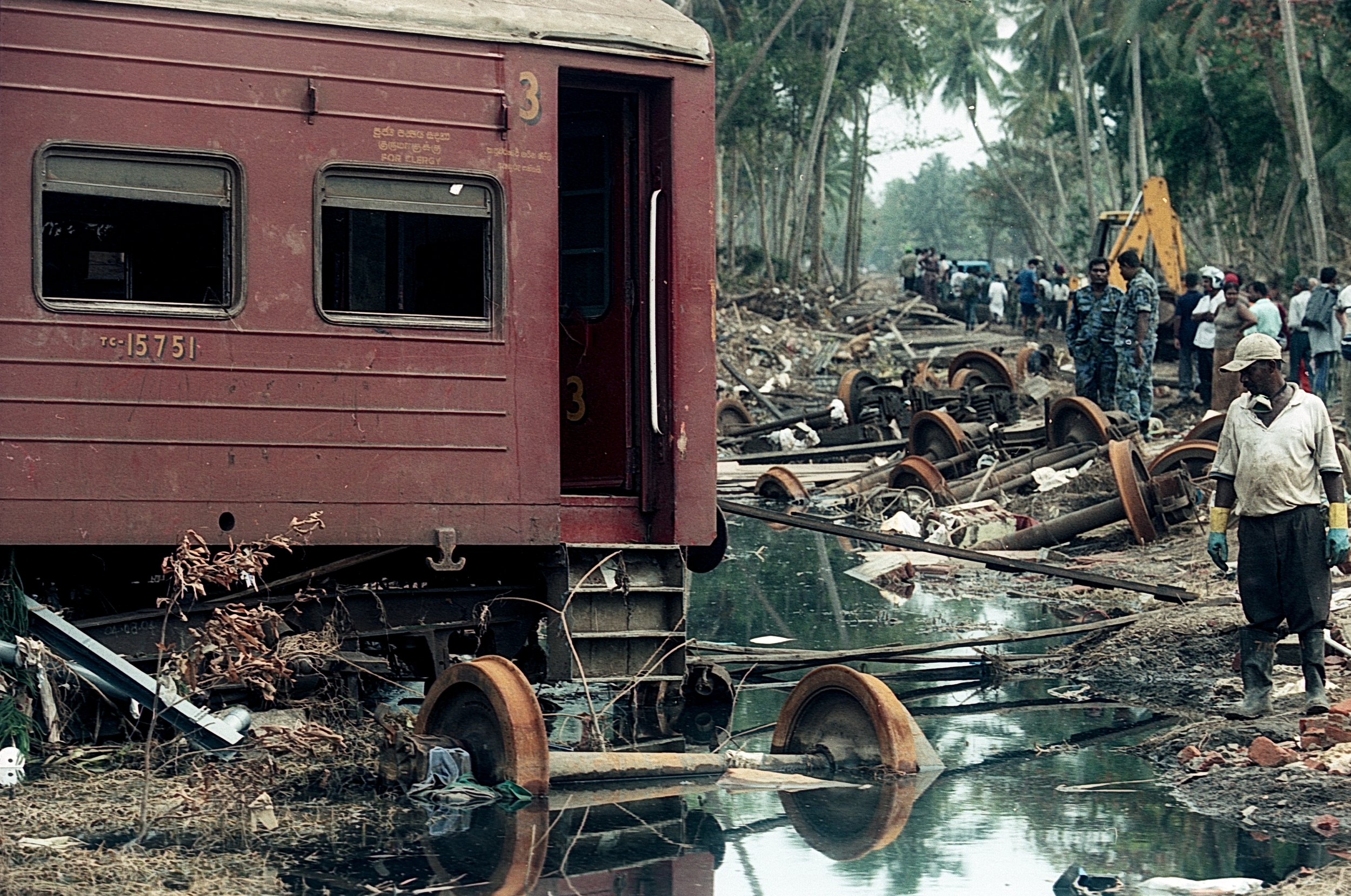
On Dec 26, 2004, a tsunami hit Sri Lanka, derailing the "Queen of the Sea" train, killing 1,700-2,500 passengers, and leaving only about 150 survivors. Telwatta, Sri Lanka, December 31, 2004 © Mark Pearson
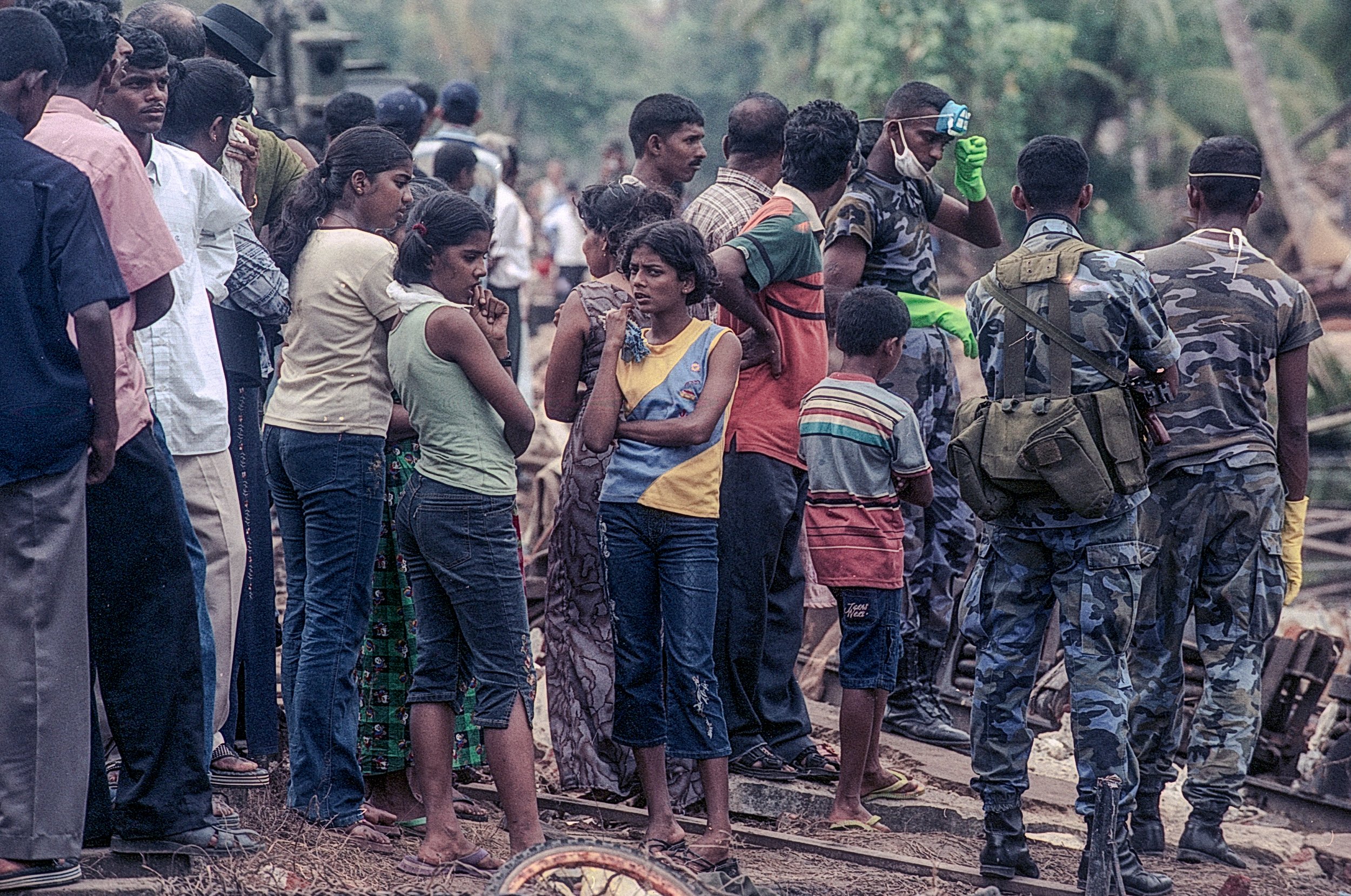
On Dec 26, 2004, a tsunami hit Sri Lanka, derailing the "Queen of the Sea" train, killing 1,700-2,500 passengers, and leaving only about 150 survivors. Telwatta, Sri Lanka, December 31, 2004 © Mark Pearson
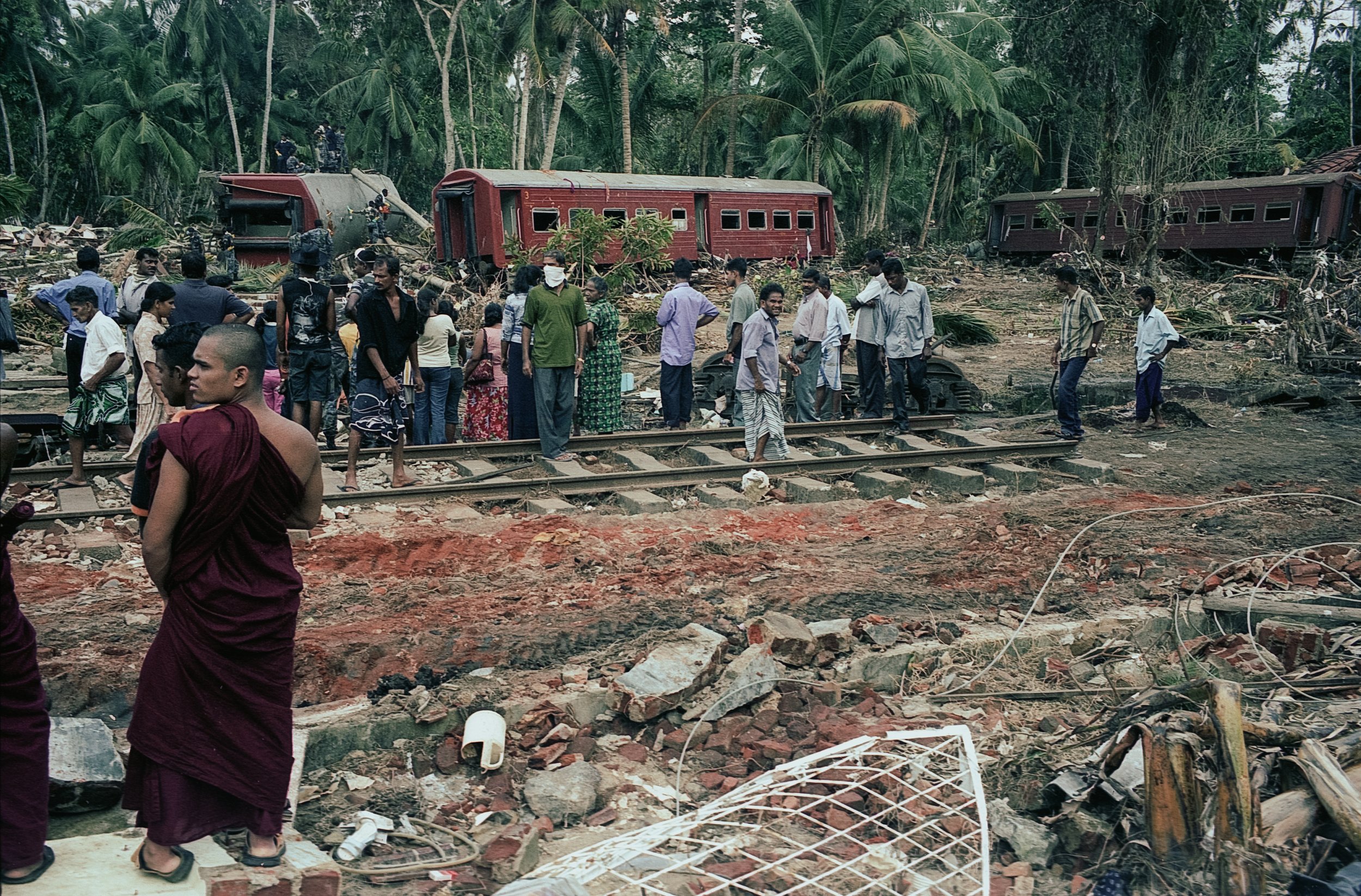
On Dec 26, 2004, a tsunami hit Sri Lanka, derailing the "Queen of the Sea" train, killing 1,700-2,500 passengers, and leaving only about 150 survivors. Telwatta, Sri Lanka, December 31, 2004 © Mark Pearson

On Dec 26, 2004, a tsunami hit Sri Lanka, derailing the "Queen of the Sea" train, killing 1,700-2,500 passengers, and leaving only about 150 survivors. Telwatta, Sri Lanka, December 31, 2004 © Mark Pearson
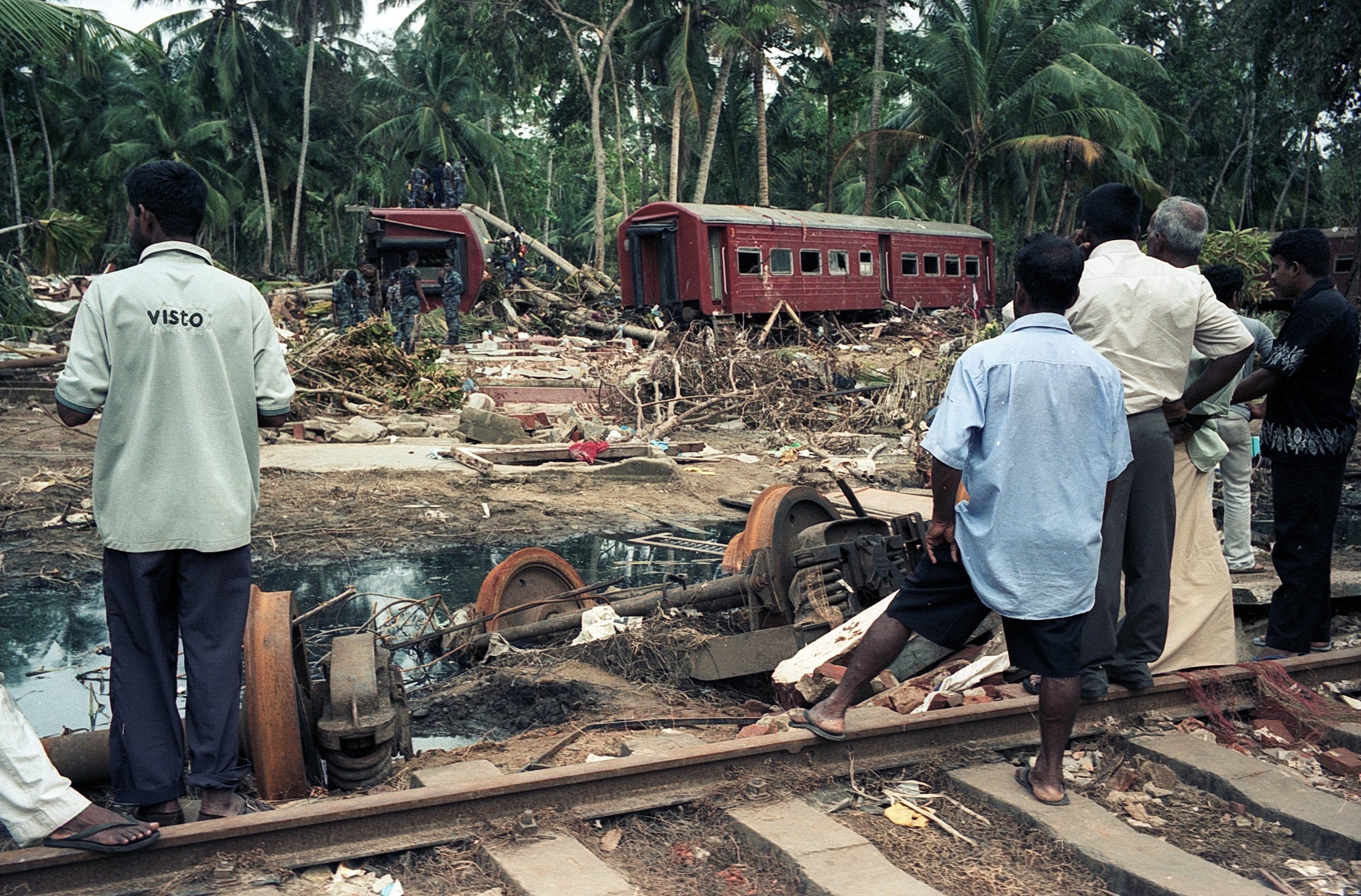
On Dec 26, 2004, a tsunami hit Sri Lanka, derailing the "Queen of the Sea" train, killing 1,700-2,500 passengers, and leaving only about 150 survivors. Telwatta, Sri Lanka, December 31, 2004 © Mark Pearson
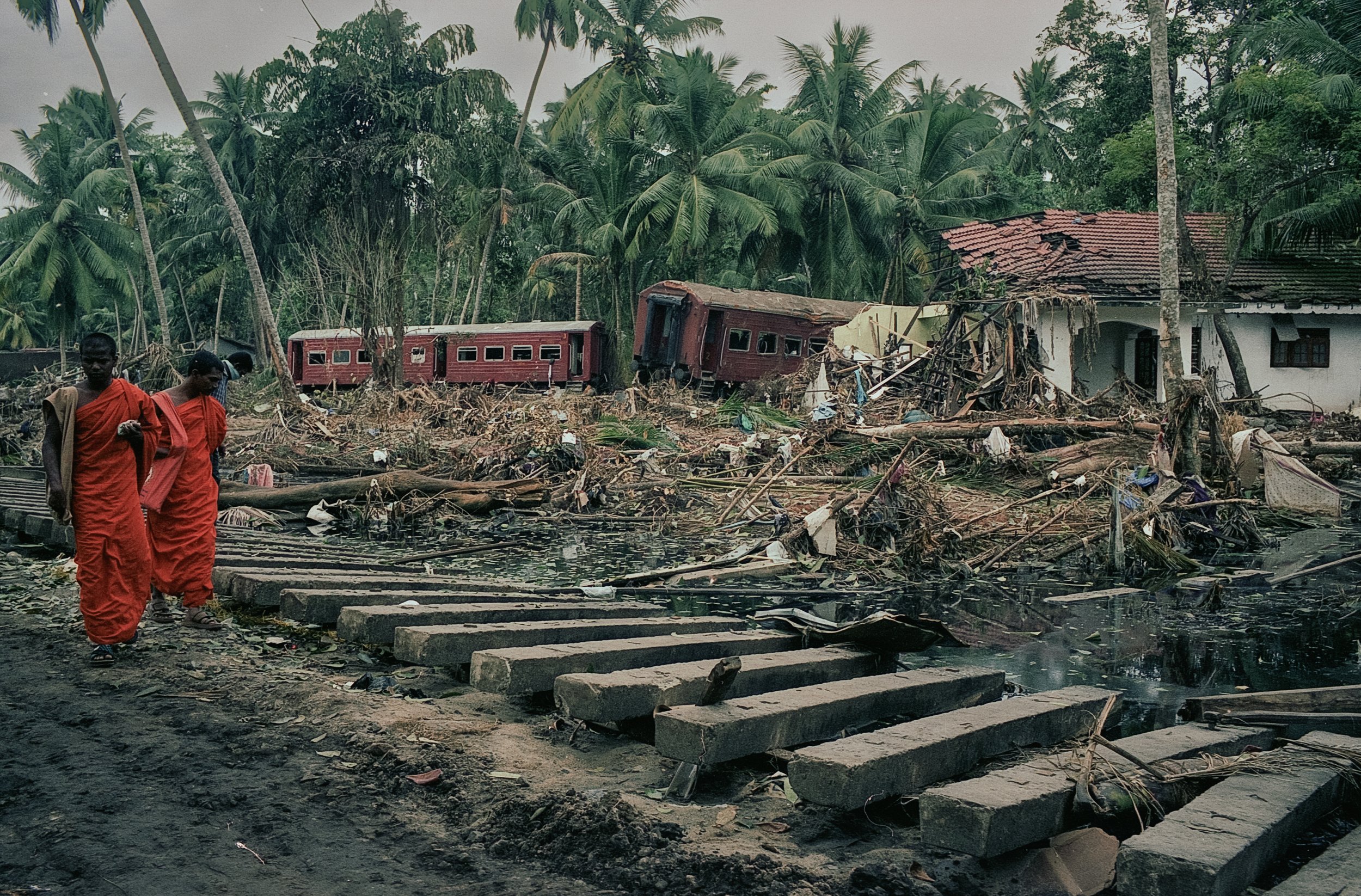
On Dec 26, 2004, a tsunami hit Sri Lanka, derailing the "Queen of the Sea" train, killing 1,700-2,500 passengers, and leaving only about 150 survivors. Telwatta, Sri Lanka, December 31, 2004 © Mark Pearson
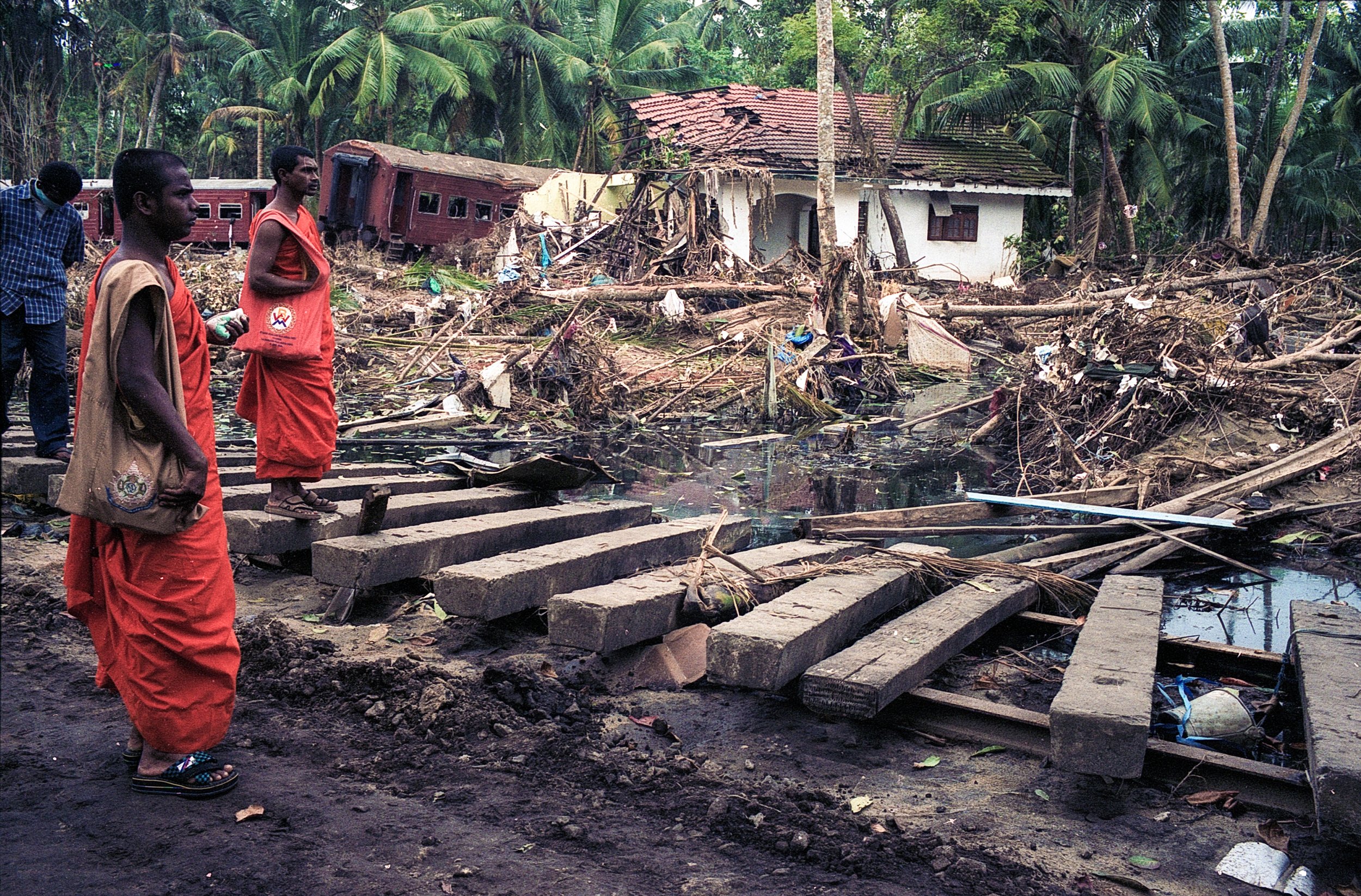
On Dec 26, 2004, a tsunami hit Sri Lanka, derailing the "Queen of the Sea" train, killing 1,700-2,500 passengers, and leaving only about 150 survivors. Telwatta, Sri Lanka, December 31, 2004 © Mark Pearson
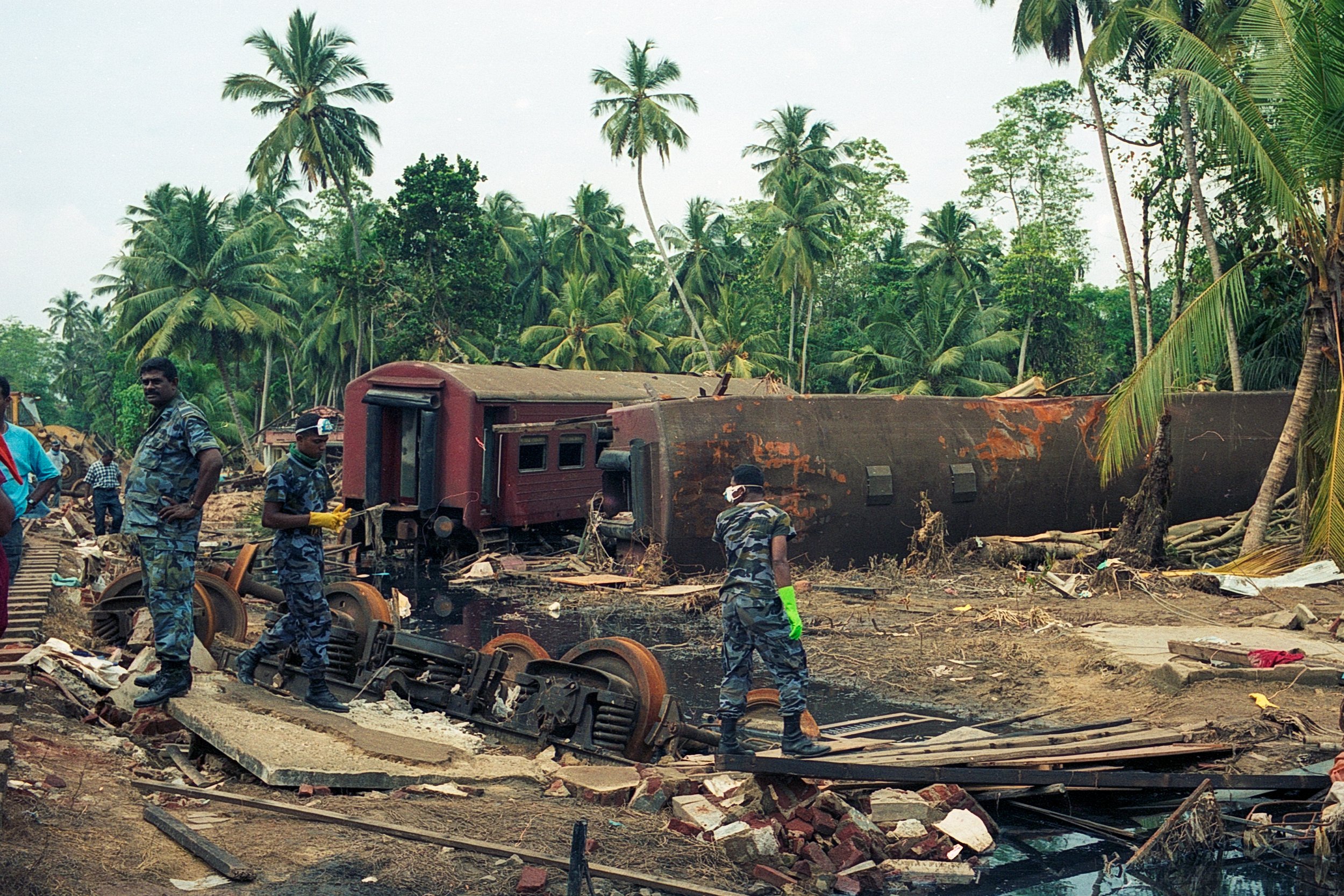
On Dec 26, 2004, a tsunami hit Sri Lanka, derailing the "Queen of the Sea" train, killing 1,700-2,500 passengers, and leaving only about 150 survivors. Telwatta, Sri Lanka, December 31, 2004 © Mark Pearson
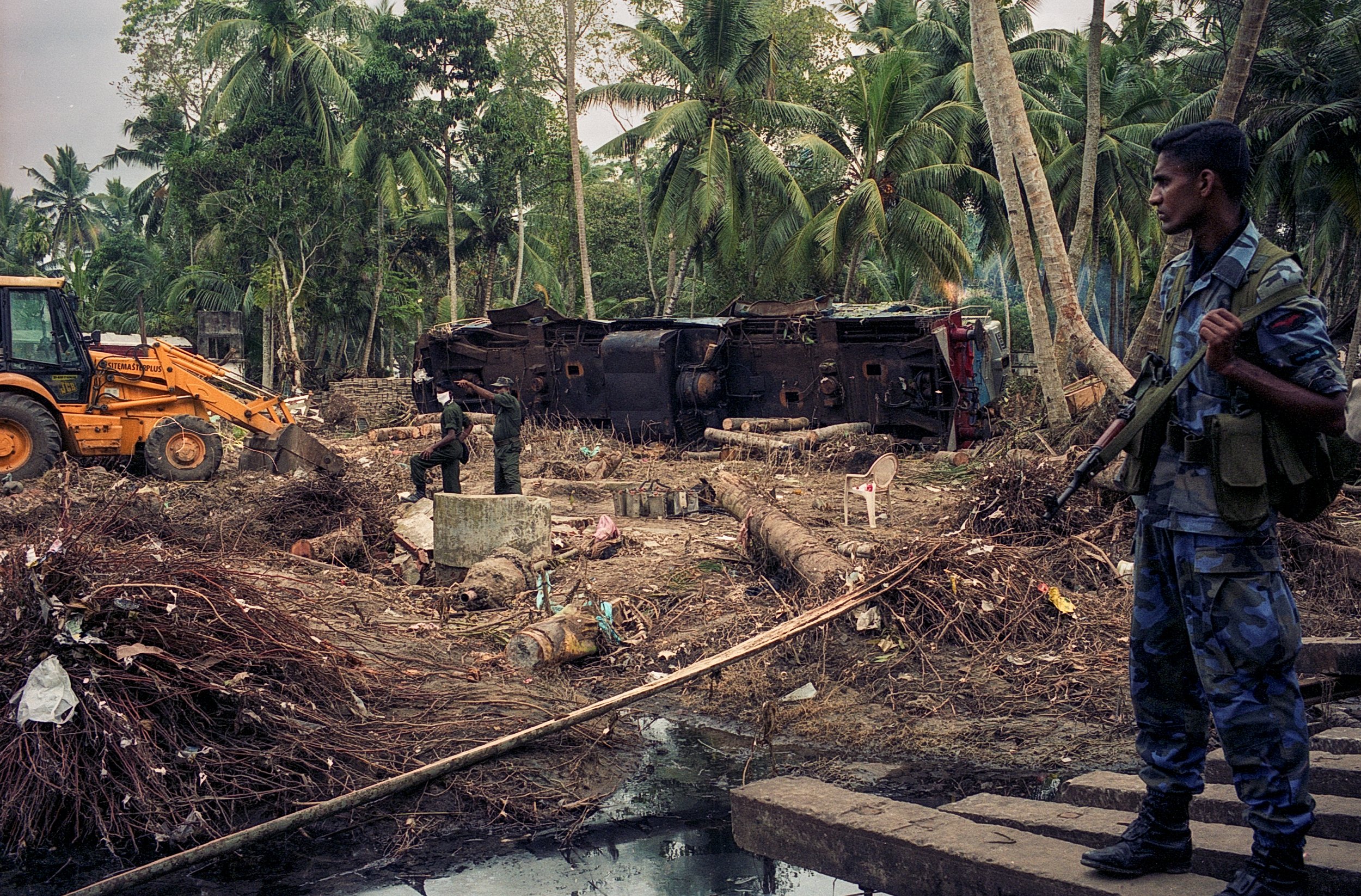
On Dec 26, 2004, a tsunami hit Sri Lanka, derailing the "Queen of the Sea" train, killing 1,700-2,500 passengers, and leaving only about 150 survivors. Telwatta, Sri Lanka, December 31, 2004 © Mark Pearson
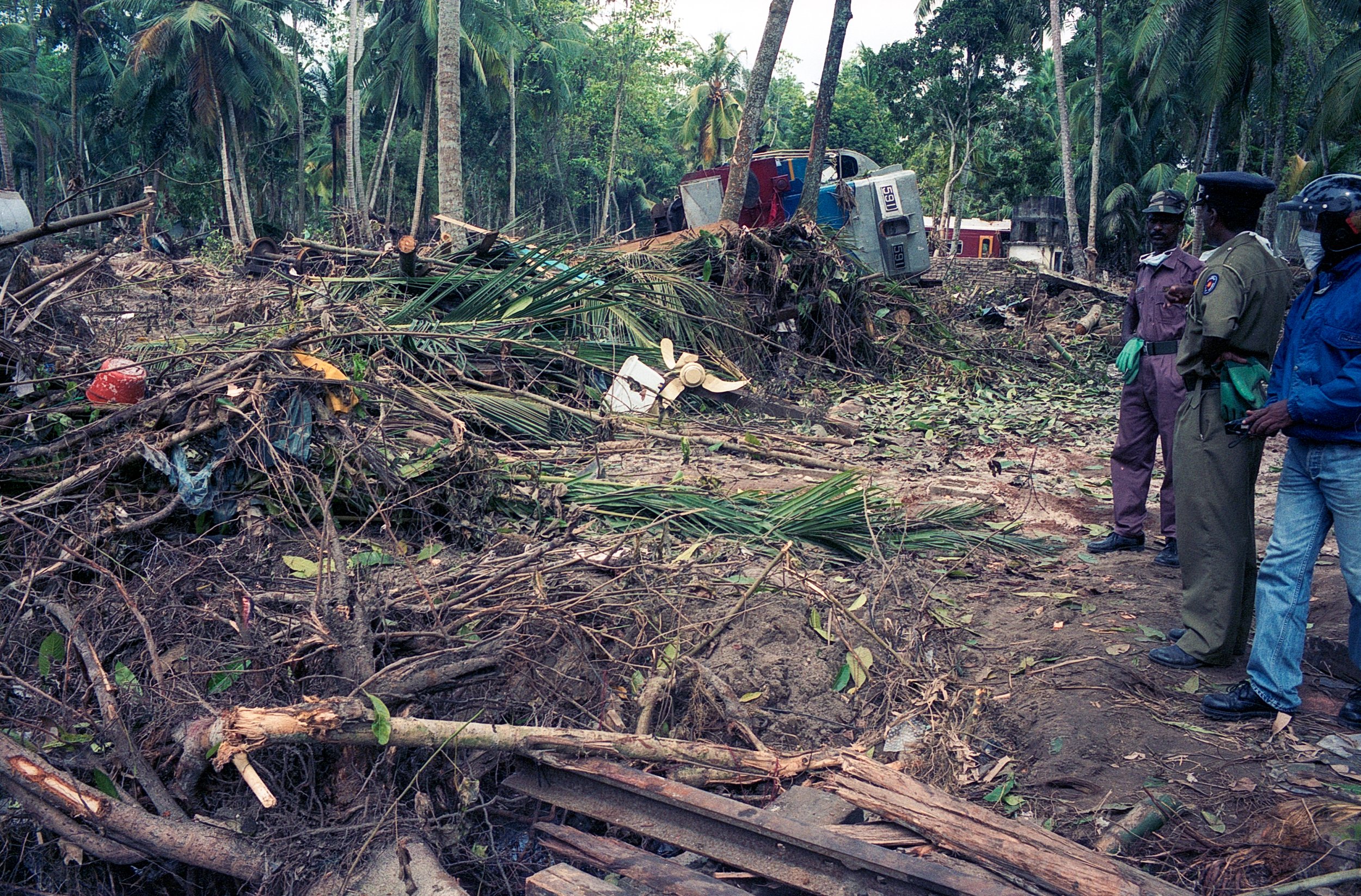
On Dec 26, 2004, a tsunami hit Sri Lanka, derailing the "Queen of the Sea" train, killing 1,700-2,500 passengers, and leaving only about 150 survivors. Telwatta, Sri Lanka, December 31, 2004 © Mark Pearson
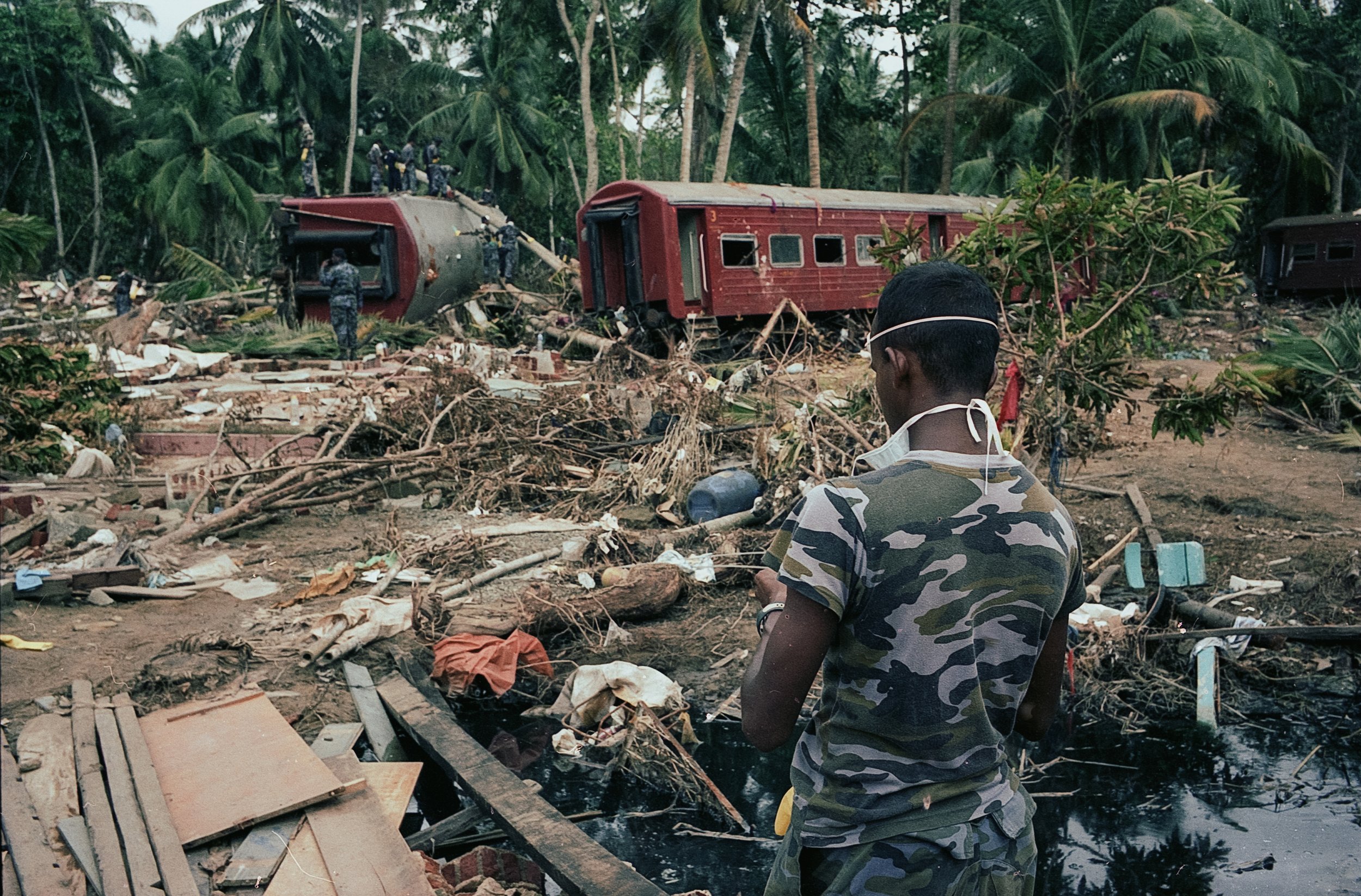
On Dec 26, 2004, a tsunami hit Sri Lanka, derailing the "Queen of the Sea" train, killing 1,700-2,500 passengers, and leaving only about 150 survivors. Telwatta, Sri Lanka, December 31, 2004 © Mark Pearson
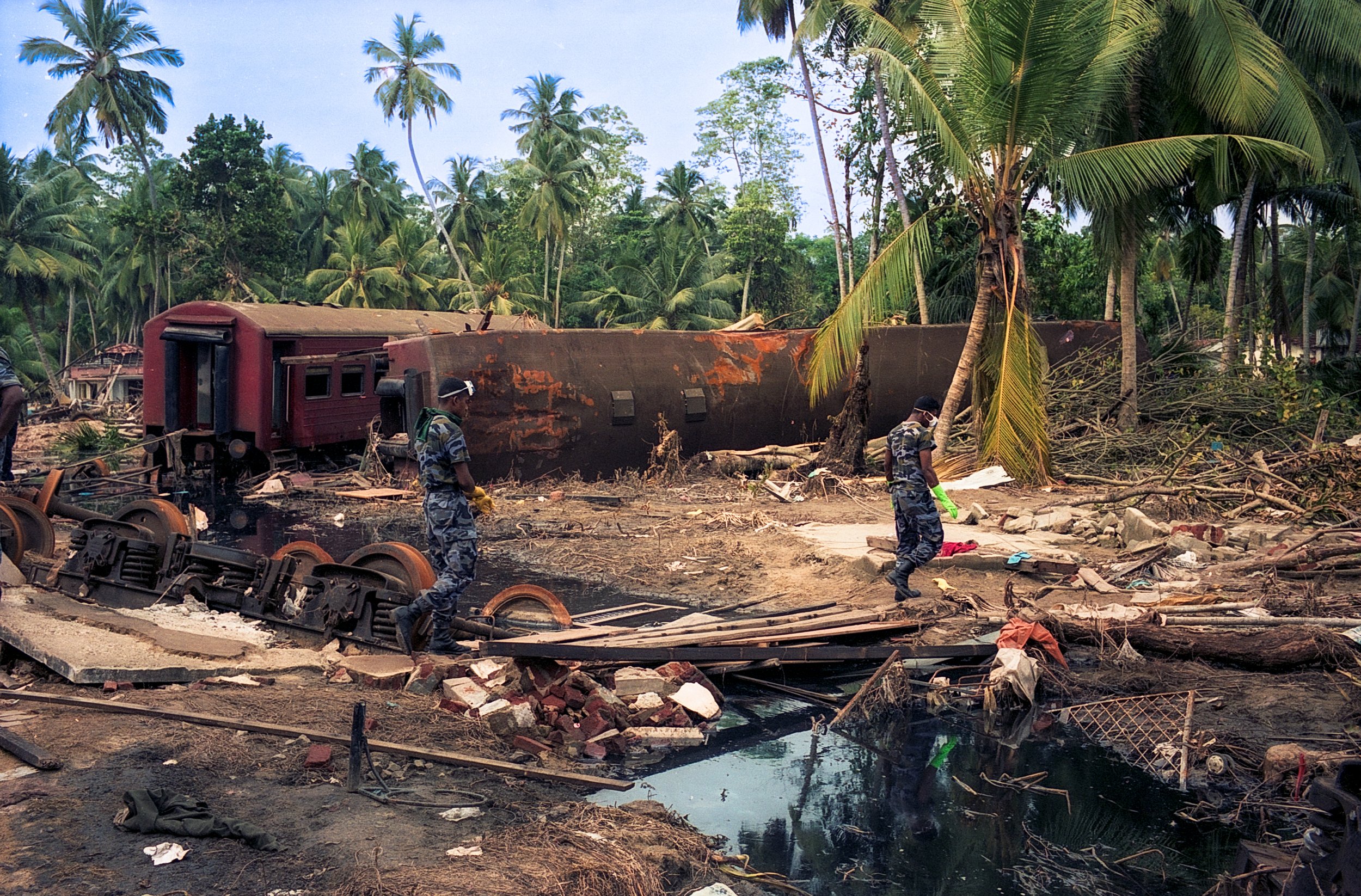
On Dec 26, 2004, a tsunami hit Sri Lanka, derailing the "Queen of the Sea" train, killing 1,700-2,500 passengers, and leaving only about 150 survivors. Telwatta, Sri Lanka, December 31, 2004 © Mark Pearson
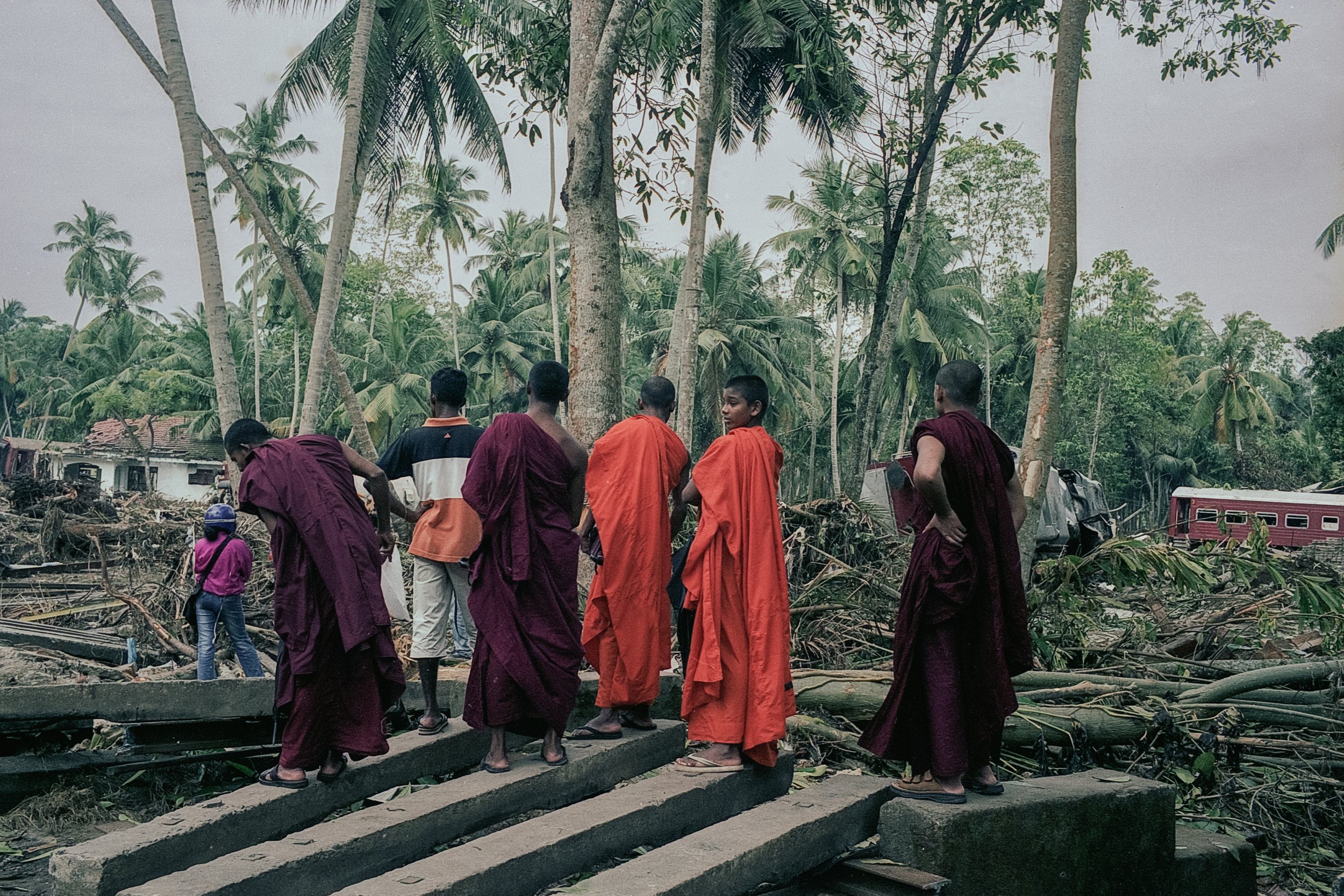
On Dec 26, 2004, a tsunami hit Sri Lanka, derailing the "Queen of the Sea" train, killing 1,700-2,500 passengers, and leaving only about 150 survivors. Telwatta, Sri Lanka, December 31, 2004 © Mark Pearson
A colossal vehicle capable of carrying thousands of passengers, a train accident can have devastating consequences. The deadliest train disaster in history occurred in Sri Lanka, caused by a massive tsunami.
On Dec. 26, 2004, an estimated 1,700 to 2,500 people died when the "Queen of the Sea" train was swept off the tracks by a tsunami. The disaster was unavoidable, as the natural forces struck with immense power and no warning was issued. During the Christmas holidays, trains were overcrowded with passengers traveling between cities. The ill-fated train was full that day.
The tsunami was triggered by an earthquake in the Indian Ocean, which caused tectonic plates to shift and sent huge waves crashing into Sri Lanka’s coast. The Queen of the Sea, traveling from Colombo to Galle, had left at 9 a.m. with an estimated 1,500 ticketed passengers. However, many more people were aboard the eight-carriage train.
The railway line ran along the coast, which was turned into a wasteland as the tsunami advanced. Dispatchers tried to warn the train, but no one answered. The first wave hit the train, which had stopped and was being used as a shelter by people nearby. Some sought refuge under the train, while others climbed onto the roof.
Briefly, passengers believed the worst had passed, but 15 minutes later, a second wave struck, hurling the carriages off the tracks and submerging them in water. Most victims drowned, trapped inside the flooded train. The train came to rest in the Telwatta district.
Survival during the second wave was slim, with reports indicating between 1,700 and 2,500 dead, and about 150 survivors.